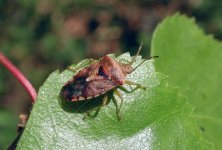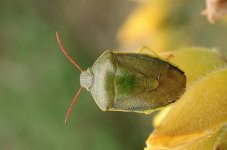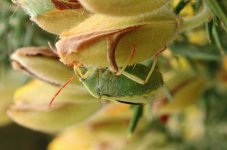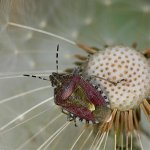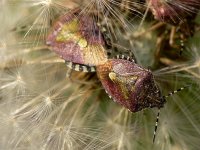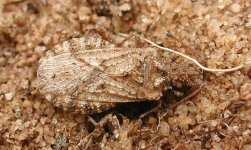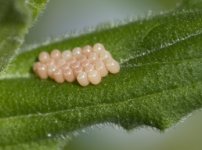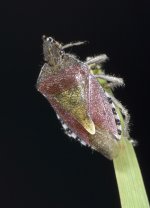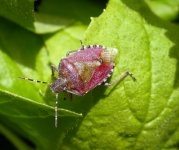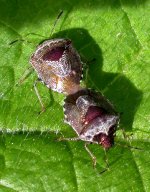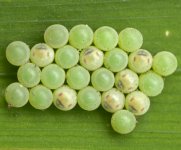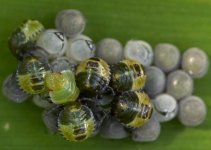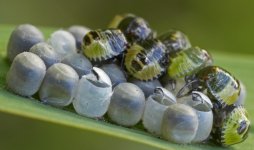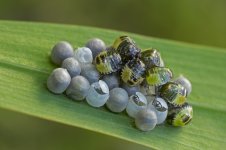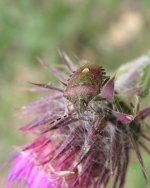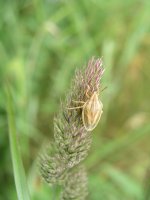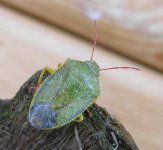harry eales
Ancient Entomologist
I found a number of green shieldbugs, Palomena prasina, on a viburnum bush in my garden. Two were mating and I noticed that one had a brownish edge to the abdomen and was pinkish-brown on the underside.
Is there a colour difference between the sexes or was one still emerging from winter 'plumage'?
Hello Mis,
Your final thought is correct, it takes some Shieldbugs a little longer than others to develope their full colouring after hibernation. The different sexes are fully mature after hibernation and can mate within a day or so after emerging from their diapause.
Harry.




